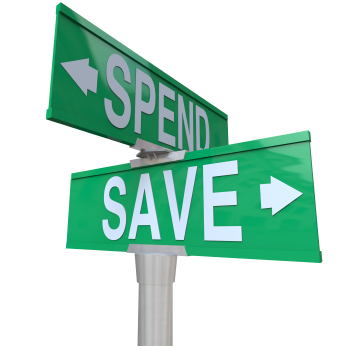 by Sabine Lay
by Sabine Lay
Recently, a client asked me why her income increased throughout the year when she didn’t get a pay raise.
The answer is CPP (Canada Pension Plan) and EI (Employment Insurance) contributions.
CPP
As Canadians, anyone who earns employment income is required to contribute to the CPP program. If you are employed, your CPP contributions are deducted at source from your payroll until the maximum annual amount is reached. Once this amount is reached, your take-home pay will increase.
For 2012 the ‘maximum annual pensionable earnings’ is $50,100.00 less a basic exemption of $3,500. The CPP contribution rate for 2012 is 4.95% or a maximum of $2,306.70. If you are self-employed, you must contribute both the employee portion (4.95%) and the employer portion (4.95%) to a maximum of $4,613.40 per year.
EI
The ‘maximum annual insurable earnings’ for EI is $45,900 and the EI rate is 1.83% or a maximum of $839.97 in contributions per year.
When CPP/EI contributions reset every January, you will see your take-home pay once again reduced until you have paid the current year’s annual premiums for CPP & EI. The more you earn, the sooner you reach your maximum annual amount and the sooner your pay increases.
For example: If your annual salary is $60,000 you will reach your maximum contribution in September. This means you will have an extra $339/month available from October to December.
At an annual salary of $100,000 your contributions will be maximized by June, and you will enjoy an extra $565 per month from June to December.
Extra Cash! What’s the Plan?
 I recommend that you learn to live on your lower income all year and treat the extra money as a welcome “bonus” to pay off your debt or to save for something you really want.
I recommend that you learn to live on your lower income all year and treat the extra money as a welcome “bonus” to pay off your debt or to save for something you really want.
In the $100,000 income example, you could put the $565/month extra that you’ll receive for 6 months towards repaying consumer debt (i.e. credit card or line of credit). This will bring you almost $3,500 closer to being debt free!
Or how about making extra contributions to your mortgage or to your RSP?
Another good way to use the extra cash is to start saving for a specific goal, like next year’s vacation or holiday season. Open up a free savings account and “nickname” it with the goal you have in mind to stay focused on what you are saving for. Next, set up an automated transfer to move the extra cash into the savings account each payday till the end of the calendar year. Then sit back and enjoy the great feeling watching your savings grow.
Or you can mix it up and use some of the extra cash to pay down debt and some to put towards a goal. Either way, make sure you have a plan and a system in place so the extra money doesn’t just disappear into day-to-day spending!
Sabine Lay is a Money Coach who loves helping her clients find ways to stretch their hard earned money.
